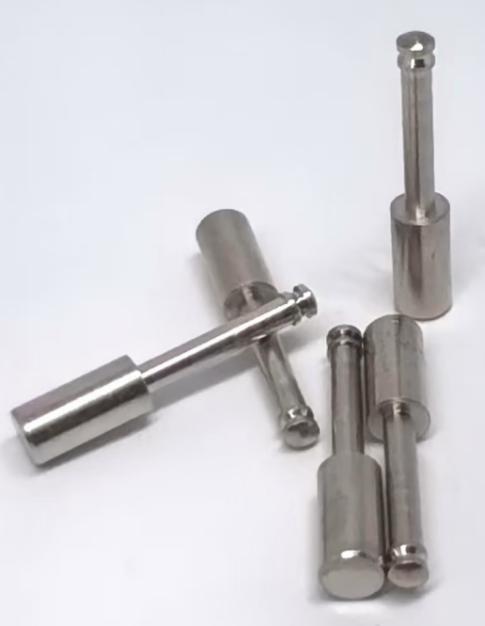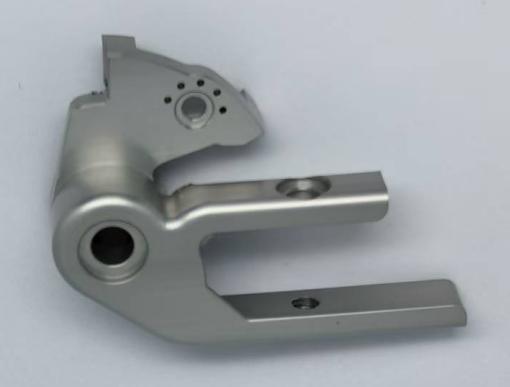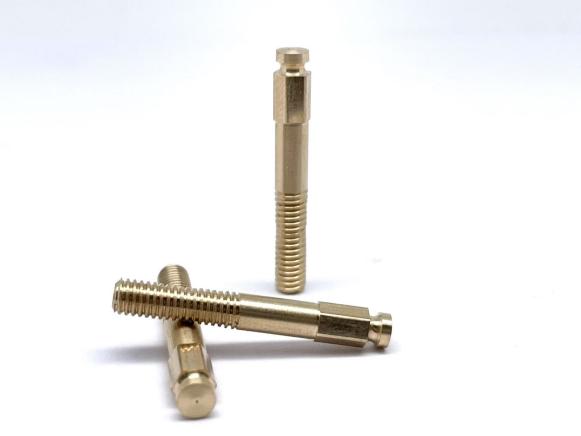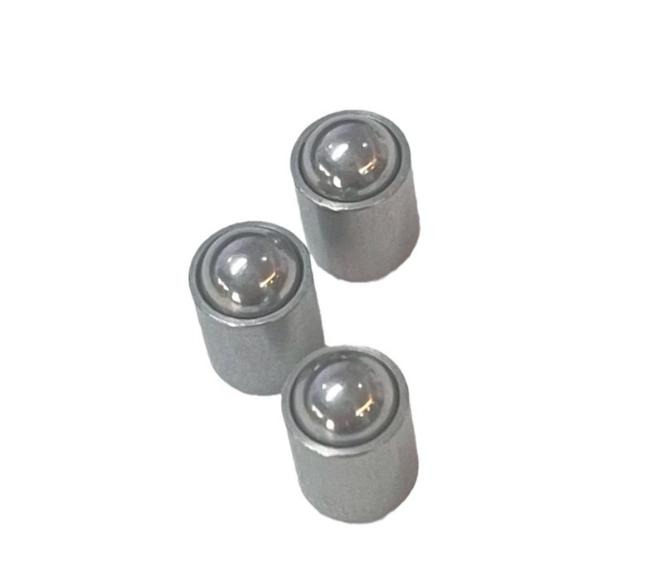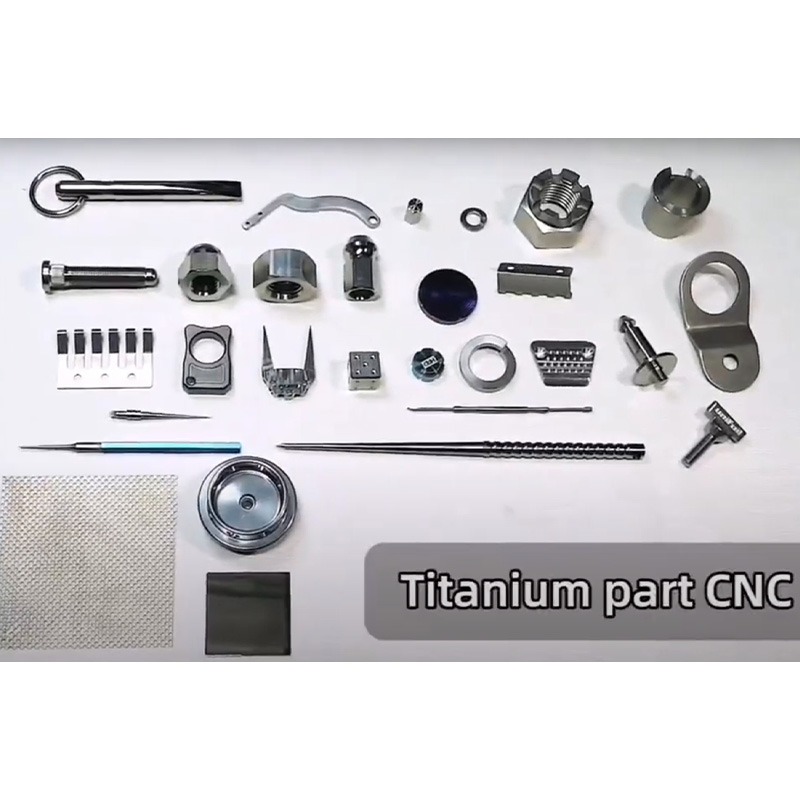CNC Machining vs Injection Molding: When to Choose Each
CNC Machining and Injection Molding have become two of the most prevalent production methods in manufacturing today, whether for prototype development, small batch customization or mass production; both technologies play an integral part.
You might be wondering, should I choose CNC machining or injection molding?
In this post, we compare and contrast CNC machining vs injection machining from multiple angles, such as working principles, costs, and application scenarios, in order to help you make an informed manufacturing decision.
Table of Contents
Part 1. What is CNC Machining?
Computer numerical control machining (CNC) refers to an industrial process in which computers control cutting tools in order to remove material from a workpiece. Common materials for CNC include aluminum, stainless steel and copper metals as well as plastic engineering composites such as POM ABS Nylon etc.
Key Features of CNC Machining:
- High Precision: Components that can achieve accuracy of +0.01mm or better are suitable for precision applications and should be purchased accordingly.
- Excellent Adaptability: Since no molds are involved, design changes can be quickly implemented ‘on demand’ and easily modified as soon as you see them fit.
- Suitable for Low-Medium Production Volumes: The best choice for product development or small lot, customized production.
- Variety of Materials: Encompasses metals, plastics, and composite materials.
- Typical Applications: Industrial components, mechanical parts, aerospace components, prototypes, and medical devices.
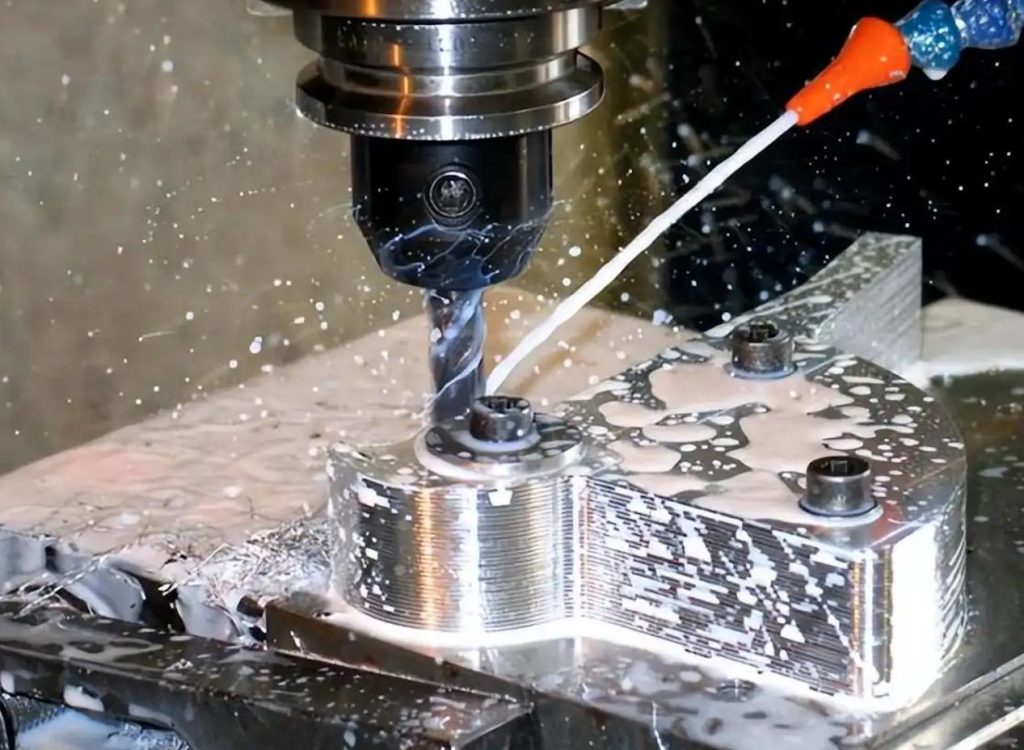
Part 2. What is Injection Molding?
Injection molding is a process in which plastic pellets are heated until molten before being injected into a metal mold and allowed to cool before solidifying into their final form.
Mold making is at the core of this process; once created, multiple identical plastic parts can be quickly produced using this mold.
Key Features of Injection Molding:
- Ideal for Mass Production: Since the production cycle of each component is short and repeatable.
- Low Unit Cost: Although mold fabrication is costly, its cost is considerably offset by large-volume production.
- Capable of Complex Shapes: It can produce complex shapes, whereby small features, texture, and further intricacies are easily printed.
- Primarily Uses Thermoplastic Materials: PP, ABS, PCPE and PA are some of the most frequently utilized thermoplastic materials.
- Typical Applications: Consumer electronics housings, automobile plastic parts, home appliance casings, medical supplies and packaging containers.
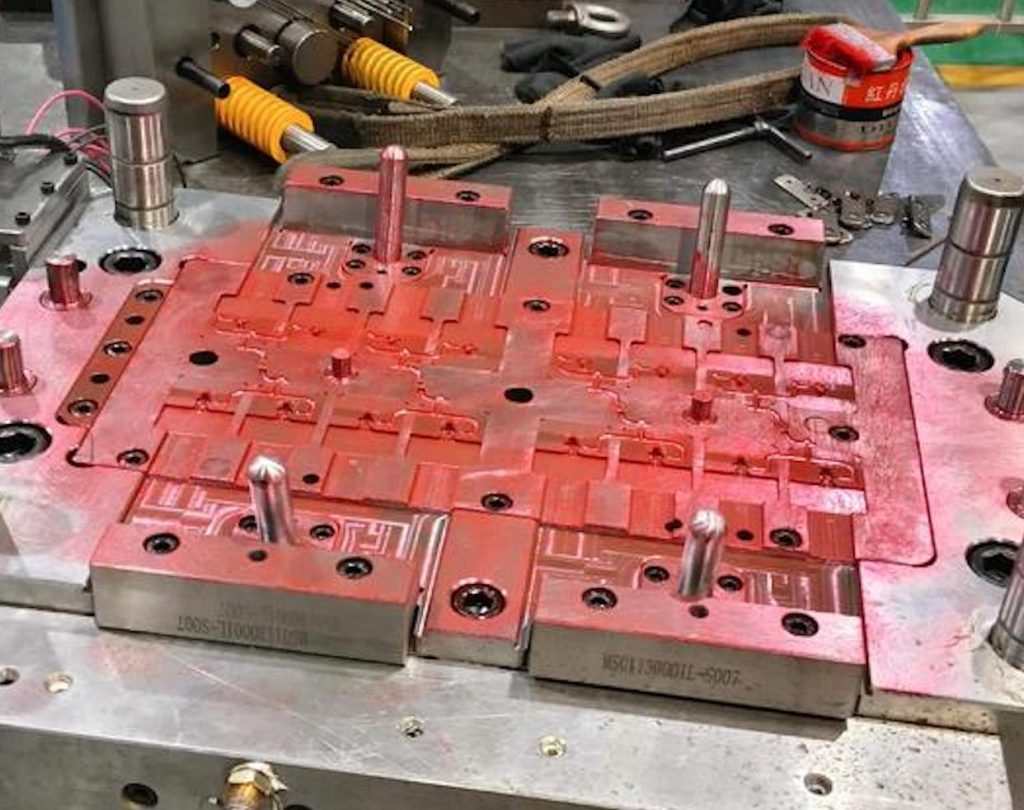
Part 3. Comparison Between CNC Machining and Injection Molding: Key Differences
Here we provide a thorough comparison between CNC machining and injection molding in the following table.
| Comparison Aspect | CNC Machining | Injection Molding |
| Process Type & Materials | Subtractive manufacturing (material removal); Metals and plastics | Formative manufacturing (material injected into molds); Primarily thermoplastics |
| Initial & Unit Cost | Low (no mold fabrication required) | High initial cost (mold fabrication), but low unit cost for mass production |
| Production Cycle | Short (rapid prototyping possible) | Long (requires mold design and fabrication) |
| Design Flexibility | Easy to modify | Difficult to change once mold has been made |
| Applications | Prototypes, custom parts, and metal components | Plastic casings for mass-produced consumer products |
Part 4. When to Choose CNC Machining?
Generally, CNC machining is preferred in the following scenarios:
Product is in R&D or prototype stage:
In new product development, CNC machining allows a prototype to be provided more quickly for testing and evaluation, thus iterating on the design. This speeds up the product development cycle without the need for costly molds.
High-Precision or Metal Parts Are Required:
For parts that require narrow tolerances, complex geometric features, or high mechanical strength-such as those for machine parts, aircraft, and medical equipment-CNC machining is done with the required precision and consistency.
Needs for low-volume or diverse production:
Since parts often vary and production volumes may be small, CNC machining eliminates mold needs, as different parts can be machined directly from a CAD design with minimal setup changes.
Short Lead Time is Crucial:
CNC machining enables fast turnaround times: instead of taking weeks, many parts are manufactured within days, which makes it ideal for urgent orders or projects with a very tight timeline.
CNC machining is flexible, precise, and versatile. It is ideal for custom parts, small-to-medium production runs, and for high-accuracy or geometrically complicated components. Quick adaptability with design changes makes it very important in the latest scenarios of manufacturing.
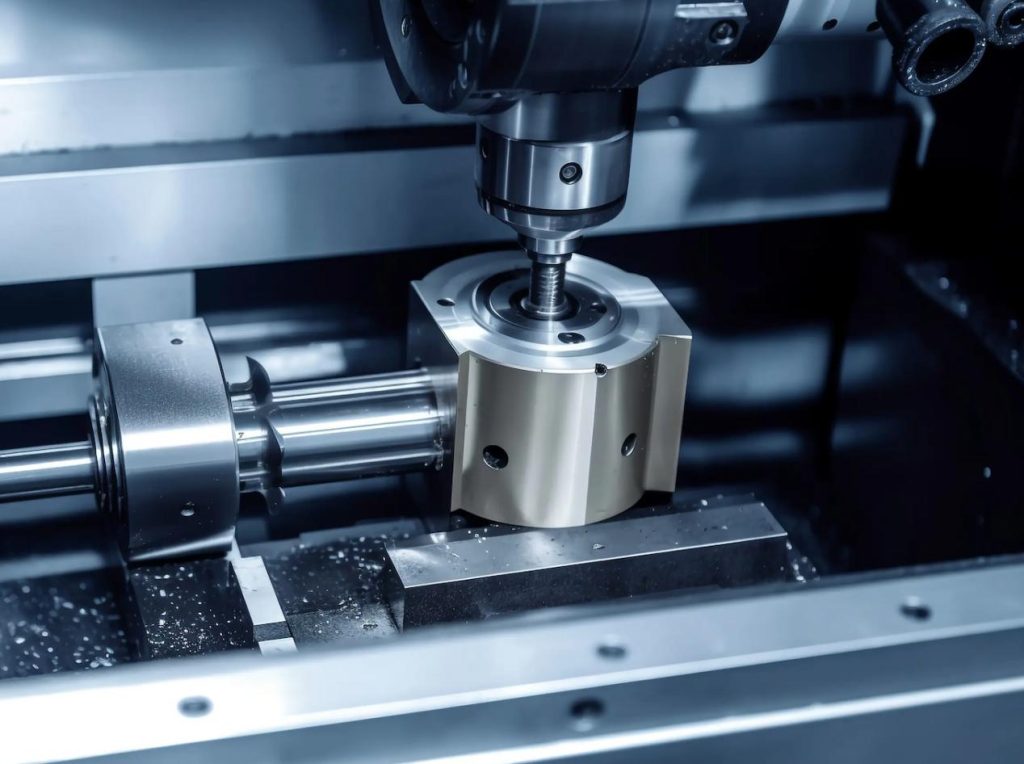
Part 5. When to Choose Injection Molding?
Injection molding becomes the more advantageous choice when your project satisfies the following conditions:
High Volume Production:
If your product needs to be manufactured en masse, from several thousand parts up into the tens of thousands of parts per batch, injection molding can be very cost-effective. Once the mold is made, parts can be manufactured extremely fast and consistently, lowering per-unit cost much more so than other methods.
Stable and Finalized Product Design:
Injection molding is used for those products whose design is unlikely to change, given that it is a process involving large upfront investment in mold fabrication. Any post-mold production changes in design will be very costly and time-consuming.
Plastic as the Primary Material:
Injection molding is suited for thermoplastic parts, including but not limited to consumer electronics housings, appliance casings, automotive components, and packaging containers. The process will support a broad range of plastic types and allow detailed textures along with complex geometries.
Consistency and Aesthetic Requirements:
For products requiring consistent size, smoothness in surface presentation, and attention to detail, injection molding makes sure each piece is at the same level of quality. This makes it perfect for consumer-facing applications where looks and perceived quality matter.
Injection molding has become the most widespread method for plastic component manufacture on an industrial scale. It possesses evident advantages in cost efficiency, repeatability of produced parts, and the possibility of making complex shapes with an excellent surface finish.
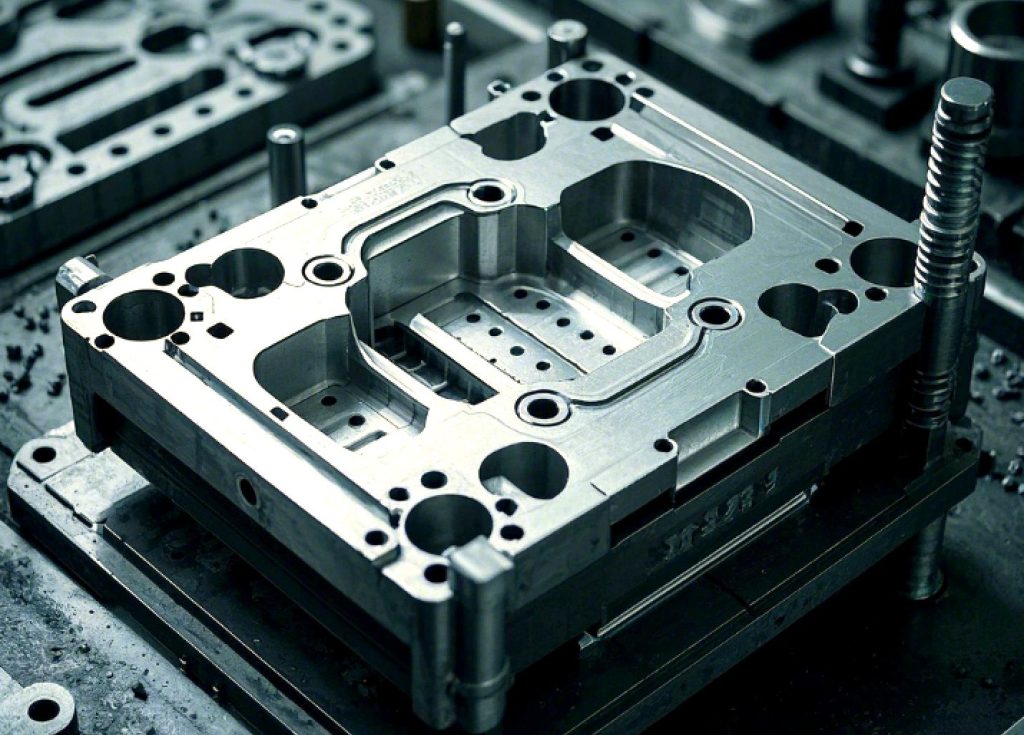
Part 6. Cost Comparison: CNC Machining vs Injection Molding
The cost structures of the two manufacturing processes are very different, and it is important to understand the difference between them in order to make a manufacturing decision.
CNC Machining:
- Low Startup Cost: No mold is required, hence the initial investment is minimum.
- High Unit Costs: As each piece must be machined separately, unit costs tend to be relatively higher.
- Cost Scale: CNC manufacturing becomes less cost-effective with increased quantities produced; thus making large-scale production less appealing than it initially seems.
Injection Molding:
- High Initial Investment: Producing a mold can be expensive; costs can range anywhere from several thousand to tens of thousands of dollars depending on its complexity.
- Low Unit Cost for Mass Production: Once molds are available, mass production costs become extremely economical per part made.
- Scale Cost Advantages: The more pieces produced per run, the faster an initial mold investment amortizes over its production run.
Practical Rule of Thumb:
- Run size < 100 pieces → CNC machining is cheaper
- Production Volume > 1,000 units → Injection molding becomes more cost-effective
With high production volume, injection molding evidently offers a cost advantage in spite of high investment in molds. It therefore follows that injection molding is preferred in the mass production of plastic parts.
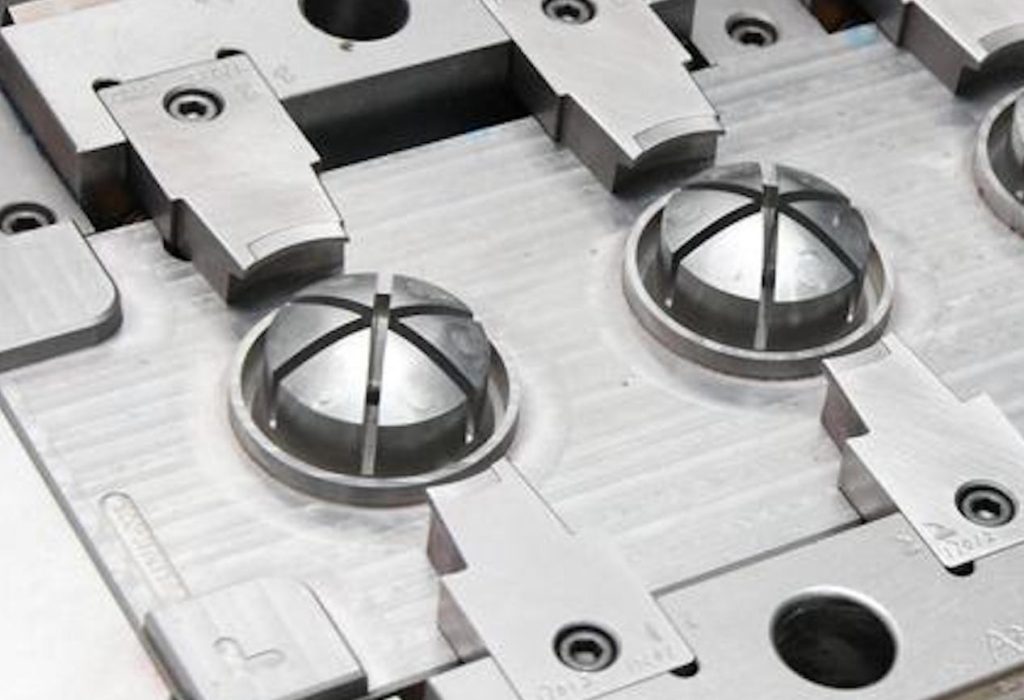
Part 7. How to Choose the Right Manufacturing Process for Your Project?
Three major factors come into play in choosing between CNC machining and injection molding:
Production Volume:
Low to Medium Volume: CNC machining makes sense for small runs, prototypes, or custom parts. It allows fast iterations without the need to make molds.
High Volume: Injection moulding is better suited for large-scale production where the high upfront mold cost can be amortized over thousands of parts, which drives the unit cost down considerably.
Material Types:
Metals or High Performance Materials: Workpieces could consist of metals or high-performance materials such as aluminum, stainless steel, copper and advanced engineering plastics that can be found in mechanical components and precision parts.
Plastics: Injection moulding excels when it comes to thermoplastic materials like PP, ABS, PC and PA thermoplastics allowing for the creation of intricate shapes with consistent quality and surface finish.
Design Stage:
For early verification or prototyping, CNC machining offers flexibility when it comes to design changes; therefore it makes an ideal platform for testing, validating or iterative development.
By considering production volume, material requirements and design stage you will be better equipped to make an informed choice: either CNC machining for flexible and precise production in small batches or injection molding for efficiency, scalability and cost-effective mass production.
Part 8. How KENENG Provides One-Stop Manufacturing Support for CNC Machining and Injection Molding
KENENG is a professional precision manufacturing company with much experience in both CNC machining and injection molding.
We provide complete solutions from product design and prototype development to mass production.
- High-Precision CNC Machining
- Professional Mold Design and Injection Molding Services
- Fast Delivery and Rigorous Quality Inspection
- OEM and Customized Production Supported
Whether it’s a prototype development or a large-scale manufacturing project, at KENENG, professional expertise is combined with efficient production capability to offer the most suitable manufacturing solution for your product.
Final Words
Each technique offers distinct advantages and disadvantages: CNC machining can provide flexibility with its high level of precision while injection molding offers efficiency at low unit costs. You will make an informed manufacturing decision by clearly assessing production volume, material requirements, budget, lead time and lead time during project planning stage. KENENG’s engineering team can offer professional guidance to bring your ideas into reality through custom solutions tailored just to you.

